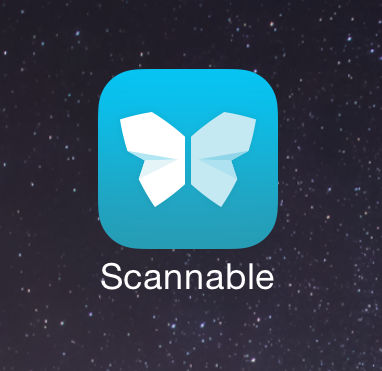
Simply sync your video to your chosen storage provider, and use the embed functionality to generate a code to insert your video onto your web page. Instead, cloud storage services like Google Drive and OneDrive can be used as effective video hosts.

It risks slowing your website’s performance, and leaves your video at the whim of your web provider’s servers. A common myth is that this can only be done by using YouTube or an equivalent video-sharing platform, but this is not the case.Īnd as tempting as it may seem, uploading the video directly to your site’s content management system is not advised. So you’ve recorded your latest video and your aim is to release it exclusively on your own website or platform. Videos can be hosted from OneDrive and embedded into your own website (Image credit: Microsoft) This allows effective processes to be put in place between, for example, a writer and their sub-editor.įor feedback from a larger group, the likes of Google Drive and OneDrive even offer the ability to create and distribute quizzes and surveys. This allows creatives to rest safe in the knowledge that only those they share the link with will be able to view their files.įor more sophisticated levels of collaboration, services like Google Workspace allow multiple users to work on and edit the same documents. What’s more, many of the services, like Dropbox and Google Drive, allow the user to share a bespoke link to anyone, even if they themselves are not signed up to the same service. Most cloud services include the ability to view files in preview mode without requiring a full download.

Creatives in particular are often required to share or preview their work before sharing it with the world, and having a reliable cloud storage service makes collaborations much easier.

Dropbox allows users to share documents and files with anyone (Image credit: Dropbox)Īt a time when many of us are working remotely, being able to share our work quickly and easily has taken on renewed importance.


 0 kommentar(er)
0 kommentar(er)
